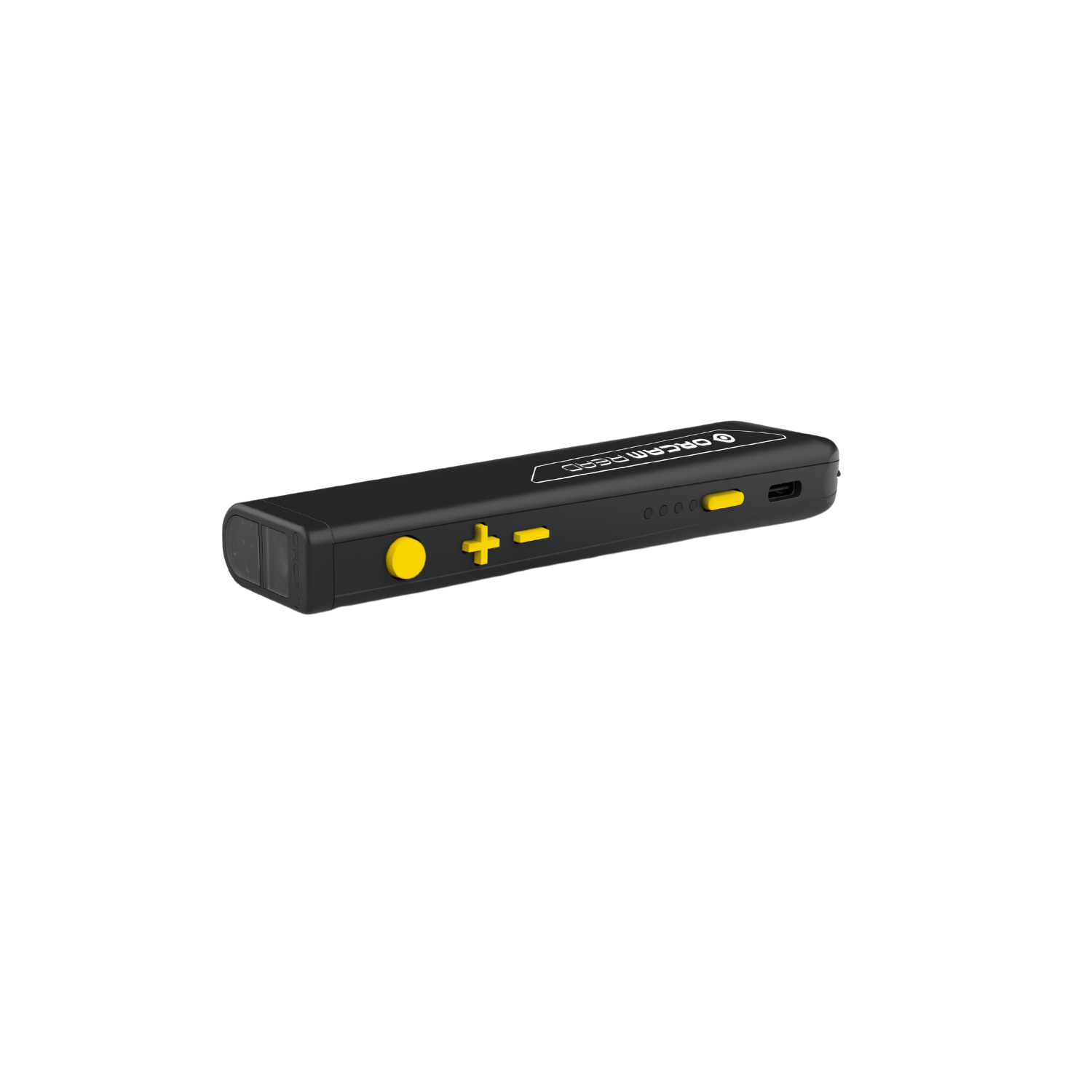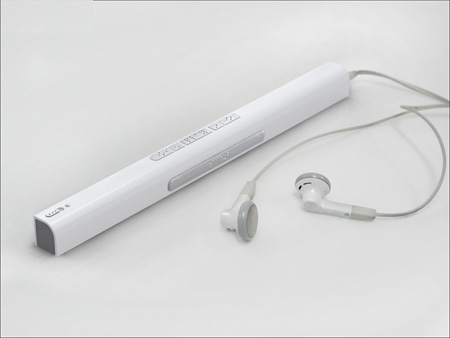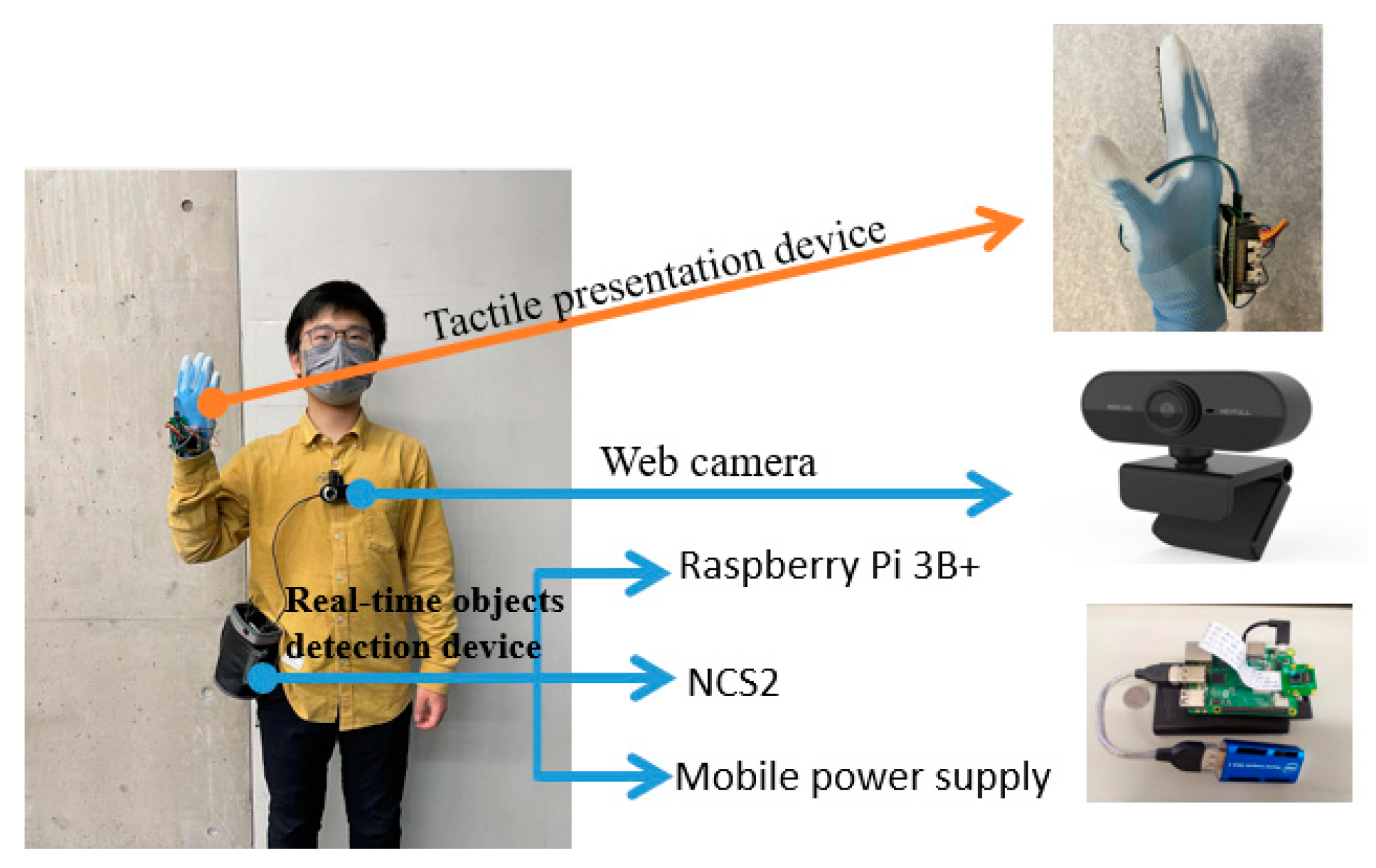Empowering Freedom With Assistive Technology for the Blind
The integration of assistive innovation right into the lives of individuals with aesthetic disabilities represents a substantial advancement in advertising self-reliance and self-sufficiency. From cutting-edge display readers to innovative wise walking canes, these devices not just improve day-to-day navigating and communication but also equip users to engage meaningfully in numerous facets of life. As we explore the myriad advantages and real-world applications of these modern technologies, it comes to be critical to analyze the hidden aspects that add to their efficiency and the potential for future growths in this crucial field.
Review of Assistive Modern Technology

The growth of assistive innovation is based in concepts of inclusivity and empowerment. Advancements in software application, hardware, and sensory improvements supply users with alternatives customized to their particular requirements. From screen visitors that transform message to speech, to responsive devices that convey information with touch, these devices change the means people involve with their surroundings.
In enhancement to useful applications, assistive modern technology fosters greater social addition and engagement in numerous industries, consisting of education and learning and work (Assistive technology for the blind). As research and development continue to evolve, the capacity for assistive innovation to better improve the lives of aesthetically impaired people continues to be encouraging, leading the way for a much more equitable culture where every person can grow
Sorts Of Assistive Instruments
A selection of assistive gadgets have arised to support individuals with aesthetic impairments, each designed to fulfill details demands and boost everyday functioning. These gadgets vary from low-tech services to high-tech innovations, offering diverse options for customers.
Low-tech tools consist of magnifiers and large-print materials that help in analysis and writing. Braille tools, such as Braille stylus pens and slates, make it possible for responsive analysis and communication. Orientation and movement help, like white canes, assist customers navigate their atmosphere safely.
On the greater end of the spectrum, digital magnification systems and screen viewers supply substantial assistance. Digital magnifiers permit customers to expand message and images on displays, while screen viewers convert digital content right into synthesized speech, helping with access to details on computer systems and smart devices.
Smart device applications additionally play an essential role, supplying attributes like message recognition and navigation help. Wearable modern technology, such as wise glasses outfitted with enhanced fact, is becoming an encouraging device to enhance situational awareness.
Benefits of Assistive Technology
The integration of assistive technology dramatically enhances the top quality of life for people with aesthetic problems. These modern technologies equip users by advertising self-reliance, allowing them to navigate their settings better and execute everyday tasks with higher simplicity. Screen readers and magnification software allow individuals to access digital information, fostering expert and instructional opportunities that may have formerly been out of reach.
Moreover, assistive gadgets such as wise walking sticks and GPS applications supply real-time navigation help, boosting wheelchair and safety. This boosted freedom not only boosts self-esteem however additionally motivates social involvement, enabling individuals to get involved even more totally in their areas.
Assistive innovation also home assists in communication, assisting customers get in touch with others with voice acknowledgment and text-to-speech applications. This capability is vital for maintaining relationships and accessing essential details.
Furthermore, the customization options offered with lots of assistive modern technologies make certain that individuals can tailor tools to their specific needs, better improving use and efficiency. In general, the benefits of assistive technology for people with aesthetic problems are profound, advertising an extra comprehensive culture where everybody can seek their objectives and desires.
Instance Researches and Success Stories
Highlighting the transformative influence of assistive technology, many study illustrate exactly how individuals with visual impairments have effectively incorporated these tools into their lives. One compelling example entails a college pupil that used screen reading software program to navigate scholastic materials and online sources efficiently. This innovation not just facilitated her education however additionally boosted her confidence in joining discussions and team jobs.
Another case research includes a professional that employs a smart device application designed for check out here navigation and item acknowledgment. By utilizing this application, he has actually restored freedom in both his personal and workplace, allowing him to commute separately and engage with colleagues better.
In addition, a retired person shared her experience with braille e-readers, which enabled her to access a substantial selection of literature and stay gotten in touch with her neighborhood with book clubs.
These success stories emphasize the important function of assistive modern technology in fostering independence, boosting quality of life, and promoting social combination for individuals with visual disabilities (Voice-activated assistive devices). By embracing these innovative devices, individuals can get rid of obstacles and take opportunities that add to their professional and individual fulfillment

Future Trends in Assistive Innovation
Innovation in assistive innovation is poised to redefine the landscape of support for people with visual problems. Arising trends highlight the assimilation of artificial knowledge (AI) and artificial intelligence, which boost the capability of tools that help with navigation and info access. AI-driven applications are now qualified of translating visual data in real-time, allowing users to involve with their atmosphere extra independently.
In addition, the development of wearable modern technology is progressing swiftly. Smart glasses equipped with increased reality (AR) can supply audio summaries of environments, changing how customers interact with public spaces. These gadgets not just advertise freedom yet additionally foster social inclusion.
In Addition, the Web of Points (IoT) is making homes smarter, enabling for smooth connectivity between assistive devices and daily home appliances. This connection empowers customers by making it possible for voice-activated controls and automatic responses tailored to specific needs.
Verdict
In conclusion, assistive modern technology plays a pivotal function in encouraging individuals with aesthetic disabilities by improving their independence and engagement with their surroundings. The diverse array of devices and applications available not just helps with navigating and interaction however likewise advertises social assimilation and chances for expert and individual development. As innovations continue in this area, the possibility for boosting the lifestyle for those with visual disabilities will certainly broaden, cultivating higher freedom and empowerment.
